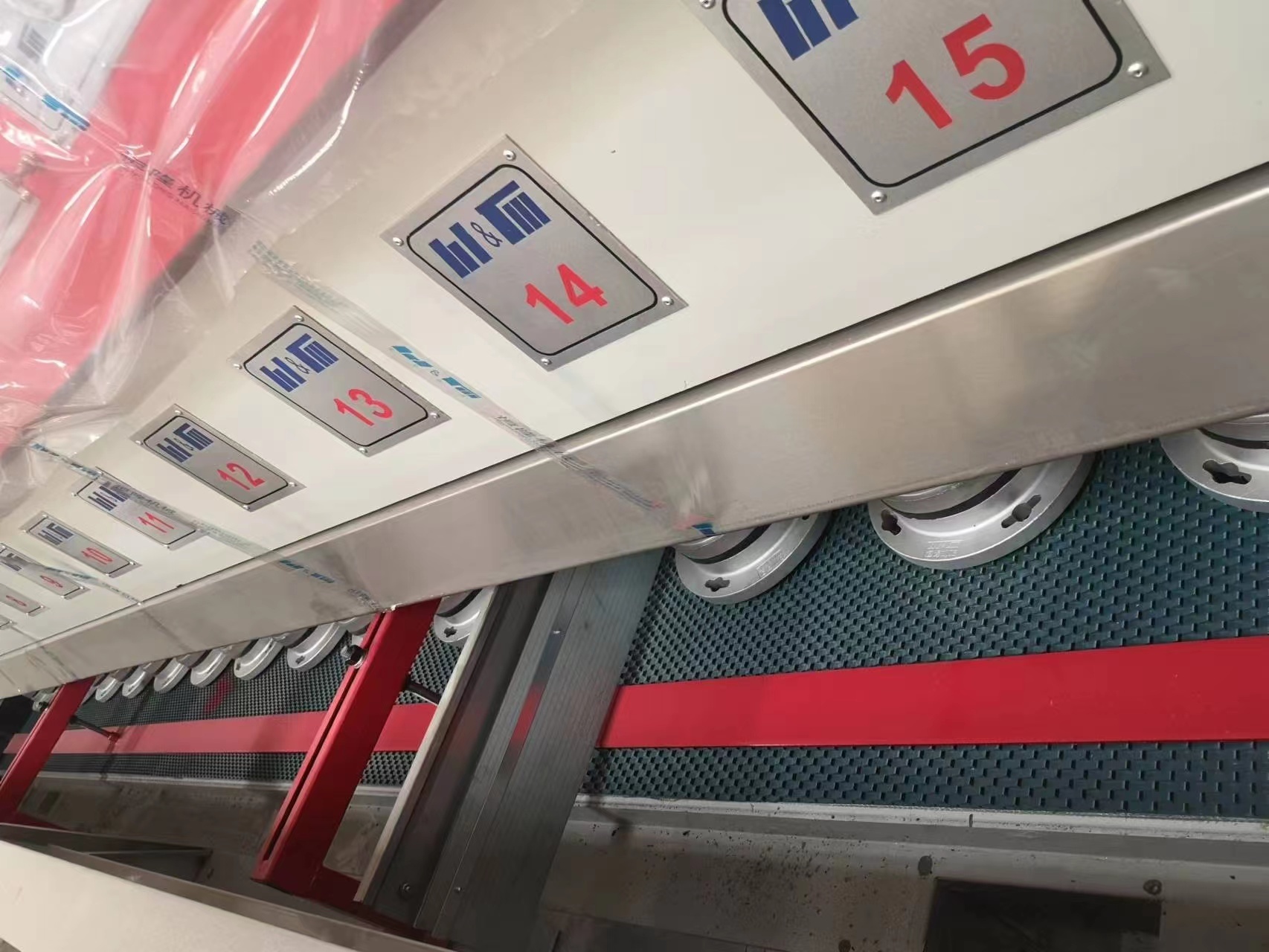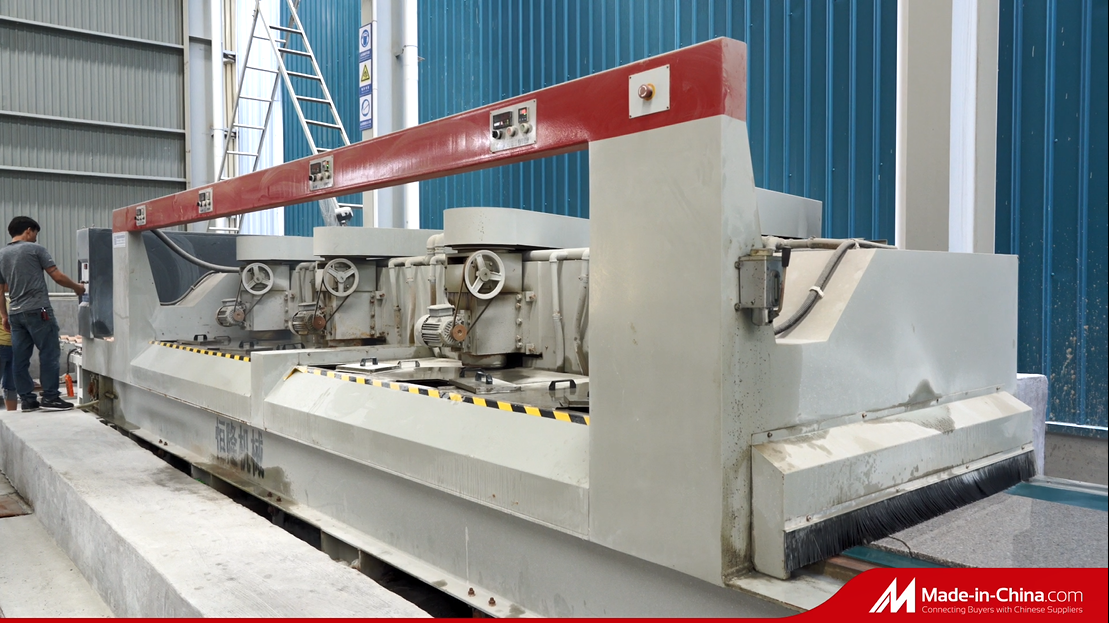Getting the Perfect Finish: Expert Techniques for Using a Marble Granite Line Polisher
Time:
Apr 07,2025
Getting the Perfect Finish: Expert Techniques for Using a Marble Granite Line Polisher
Table of Contents
1. Introduction to Marble Granite Line Polishers
2. Understanding the Importance of Surface Finishing
3. Essential Equipment for Polishing Marble and Granite
3.1 Types of Marble Granite Line Polishers
3.2 Safety Gear You Should Use
4. Preparing Your Work Area for Polishing
5. Step-by-Step Techniques for Polishing Marble and Granite
5.1 Setting Up Your Marble Granite Line Polisher
5.2 Choosing the Right Abrasives
5.3 Polishing Process: A Detailed Walkthrough
6. Common Mistakes to Avoid When Polishing
7. Maintaining Your Marble Granite Line Polisher
8. Frequently Asked Questions (FAQs)
9. Conclusion: Mastering the Art of Polishing
1. Introduction to Marble Granite Line Polishers
When it comes to achieving a stunning finish on marble and granite surfaces, a **marble granite line polisher** is an indispensable tool. This equipment is designed specifically to enhance the natural beauty of stone by removing imperfections and providing a high-gloss finish. Whether you are a professional stone fabricator or a DIY enthusiast, understanding how to effectively use this tool can significantly elevate your results.
2. Understanding the Importance of Surface Finishing
Surface finishing is crucial in the stone industry. A well-polished marble or granite surface not only looks aesthetically pleasing but also enhances durability and resistance to stains. Proper finishing techniques can ensure that surfaces retain their shine and withstand the test of time.
Investing time in learning the right techniques will save money in the long run by reducing the need for frequent repairs or refinishing.
3. Essential Equipment for Polishing Marble and Granite
Before diving into the polishing process, it is vital to gather the necessary equipment. Here’s a breakdown of what you’ll need:
3.1 Types of Marble Granite Line Polishers
There are various types of marble granite line polishers available. The most common types include:
- **Wet Polishers**: Ideal for reducing heat and dust while polishing, these tools use water to cool the surface and remove debris.
- **Dry Polishers**: While less messy, they can create more dust. They are typically used for quick touch-ups or in areas where water usage is impractical.
3.2 Safety Gear You Should Use
Safety should always be a priority. Essential safety gear includes:
- **Dust Masks**: To protect against inhaling fine particles.
- **Goggles**: To shield your eyes from debris.
- **Ear Protection**: If using a high-decibel polisher.
- **Gloves**: For hands-on protection during the polishing process.
4. Preparing Your Work Area for Polishing
A clean and organized workspace is fundamental for an efficient polishing process. Start by clearing the area of any debris or obstacles that could interfere with your work. Adequately lighting the workspace will also help ensure that you can see imperfections clearly.
Additionally, ensure that the surface you are polishing is free from dirt, dust, and grease. Cleaning the surface with a mild detergent and water can help achieve this.
5. Step-by-Step Techniques for Polishing Marble and Granite
Now that you have your equipment ready and your workspace prepared, it’s time to dive into the actual polishing process. Follow these step-by-step techniques to achieve the perfect finish.
5.1 Setting Up Your Marble Granite Line Polisher
Start by attaching the appropriate polishing pad to your polisher. If using a wet polisher, connect the water source. Ensure that all cords and hoses are out of the way to prevent tripping hazards.
5.2 Choosing the Right Abrasives
Selecting the right abrasives is crucial for a successful polish. Generally, you will start with a coarser grit and gradually move to finer grits. Here’s a suggested sequence to follow:
- **50 Grit**: For heavy grinding and removing deep scratches.
- **100 Grit**: For smoothing out the surface.
- **200-400 Grit**: For finer polishing.
- **800 Grit**: For achieving a high-gloss finish.
5.3 Polishing Process: A Detailed Walkthrough
1. **Begin with Coarse Grit**: Start at the edges of the surface and work your way inward. Use overlapping passes to ensure even coverage.
2. **Rinse the Surface**: After using a coarse grit, rinse the surface with water to remove dust and debris.
3. **Progress Through Grits**: Continue working through the grits, rinsing the surface thoroughly between each change.
4. **Final Polish**: For the final polish, use a polishing compound with your finest grit pad. This will help to achieve that mirror-like finish.
5. **Clean the Surface**: Once you have finished polishing, clean the surface with a soft cloth to remove any residue.
6. Common Mistakes to Avoid When Polishing
Avoiding common pitfalls can make a significant difference in the outcome of your polishing project. Here are frequent mistakes to steer clear of:
- **Skipping Grits**: Each grit serves a purpose; skipping can lead to an uneven finish.
- **Applying Too Much Pressure**: Let the machine do the work; applying excessive pressure can damage the stone.
- **Neglecting Safety Gear**: Always prioritize safety to prevent injuries.
7. Maintaining Your Marble Granite Line Polisher
Proper maintenance of your marble granite line polisher will prolong its lifespan and ensure optimal performance. Here are essential maintenance tips:
- **Clean After Use**: Wipe down the polisher and pads to remove dust and debris.
- **Inspect Regularly**: Check for wear on pads and replace them as necessary.
- **Store Properly**: Keep your polisher in a dry, cool place to prevent damage.
8. Frequently Asked Questions (FAQs)
**Q1: How long does the polishing process take?**
A1: The time required can vary based on the size of the surface and the condition of the stone. Typically, it can take a few hours to a full day.
**Q2: Can I use a marble granite line polisher on other types of stone?**
A2: Yes, but ensure that the polishing pads are suitable for the specific type of stone you are working with.
**Q3: What should I do if I damage the surface while polishing?**
A3: If you notice damage, stop immediately and assess the situation. You may need to go back to a coarser grit to fix any issues.
**Q4: Is it necessary to use water while polishing?**
A4: It is highly recommended when using wet polishers to prevent overheating and reduce dust.
**Q5: Can I polish stone surfaces without professional help?**
A5: Yes, with the right tools, techniques, and safety precautions, you can polish stone surfaces yourself.
9. Conclusion: Mastering the Art of Polishing
Mastering the techniques for using a marble granite line polisher is essential for anyone looking to achieve the perfect finish on stone surfaces. With the right equipment, proper preparation, and a thorough understanding of the polishing process, you can transform dull and scratched surfaces into brilliant works of art.
Invest time in practice and keep learning about the latest techniques and tools in the industry to stay ahead. Happy polishing!









